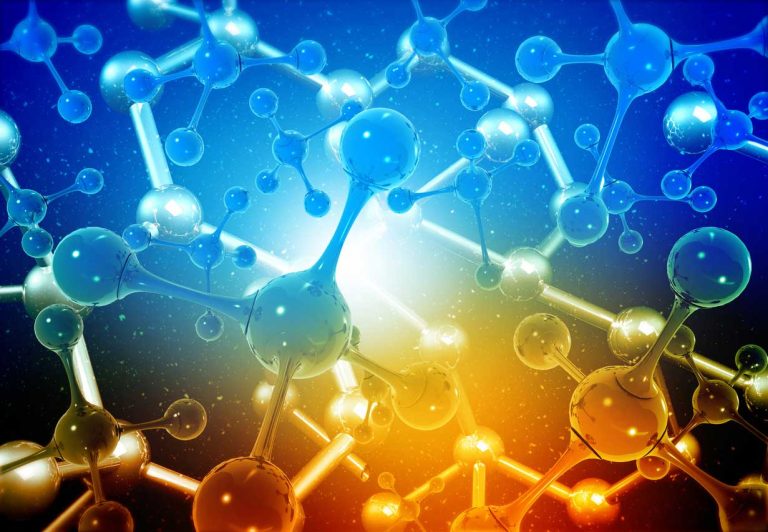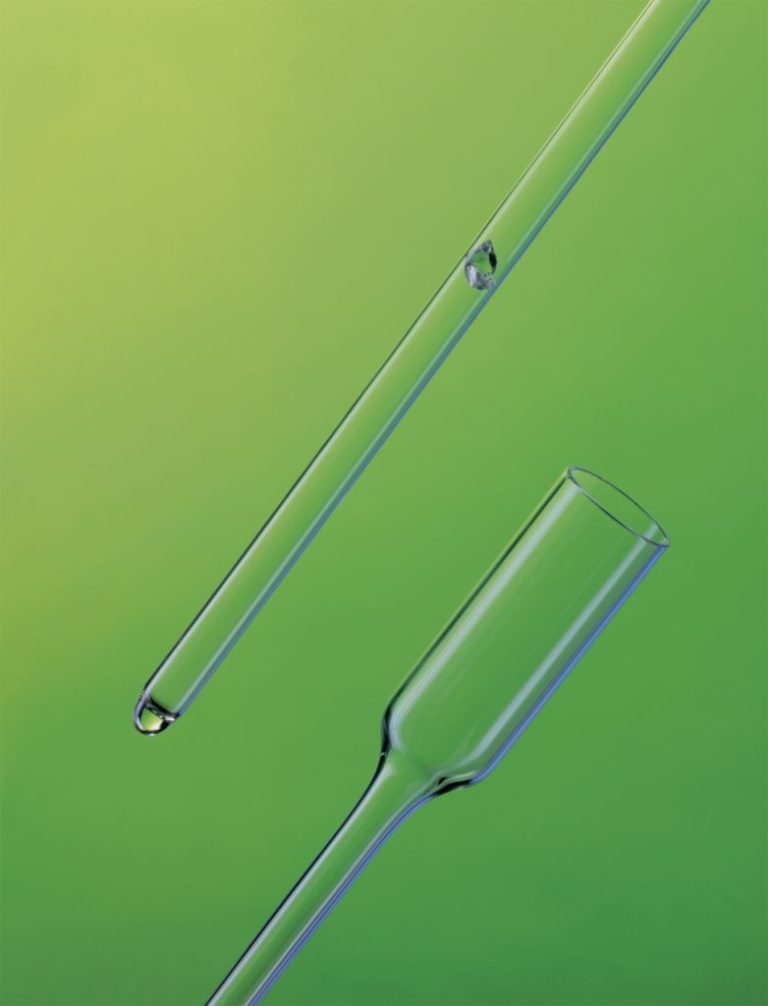Outsourcing to CROs is on the rise. What benefits does it provide?
The expansion of the drug discovery CRO market highlights the need to minimize costs and timelines in pharmaceutical drug development. Discover how SARomics Biostructures can help with this!
The expanding aging population, the rise in chronic diseases and lifestyle-related disorders, and the pressure on pharmaceutical companies to create innovative drugs within tight budgets and shorter timeframes drive the demand for new research and development. This demand presents significant opportunities for drug discovery contract research organizations (CROs) service providers, who can meet the need to reduce the costs and timeline of drug development in the pharmaceutical industry. Many biotech and pharmaceutical companies have recognized the advantages of outsourcing early-stage drug discovery to smaller specialized CROs. The drug discovery CRO market is estimated to reach USD 77 billion by 2025 and is projected to grow to approximately USD 149 billion by 2034 (Precedence Research).
In this article, we will explore the benefits of outsourcing structural biology and drug discovery.
First, let’s examine the process of small-molecule drug discovery. The schematic image above illustrates that this process is highly interdisciplinary and requires various scientific fields at different stages. Initially, we must identify the target protein, which demands molecular and cell biology studies. Structural information can be extremely valuable at this stage for comprehending the specifics of the target’s function and, particularly, its drugability. Once the target is identified and thoroughly studied, we must pinpoint molecules that bind to it (hit identification) and subsequently optimize their binding and other properties (lead generation). To develop an appropriate lead molecule, we require a substantial amount of chemistry, including computational chemistry, synthetic and medicinal chemistry, and biochemistry. In addition, a pharma company requires pharmacology and toxicology studies to understand the molecule’s behavior in organisms. And there is, of course, a need for project management, data collection, medical testing, regulatory compliance, safety reporting, quality analysis, etc. This indicates that a biotech or pharmaceutical company planning a drug discovery and development project requires a large multidisciplinary expert team with essential laboratories, instrumentation, materials, and operational costs. This entails significant expenditures and a long-term commitment. We must also consider that only a small fraction of all projects actually succeed in bringing a new drug to market. Therefore, any means and technologies to accelerate discovery, thereby saving money and time, are invaluable.
Structural biology methods can significantly accelerate the early stages of drug discovery. A structure offers direct insights into how ligands interact with the binding site of the target protein, thereby improving design efficiency. There is a broad consensus on the crucial role of structural biology tools in speeding up drug discovery. However, setting up a structural biology laboratory can be costly and time-consuming. To meet this demand, approximately 20 to 25 years ago, several technology-focused CROs specializing in early-stage drug discovery, including compound library screening, modeling, and structural biology, emerged.
What are the major advantages of R&D outsourcing to a CRO? In an analysis by de Villemeur et al. (2022), the following common factors were named as making substantial contributions:
• More flexibility is attained when fixed costs are transformed into variable costs.
• An easier exit from unsuccessful projects.
• Improved management and lower uncertainty costs are attained through milestone payment schemes.
• Outsourcing R&D makes the costs more transparent, enabling customers to consume only essential services, thus improving capital efficiency.
• Higher productivity and lower unit costs are achieved since the service provider with a distinctive technology platform takes on more work from multiple customers.
Competition in the market also compels CROs to seek out or develop unique selling points, such as disruptive technologies, and to engage in various partnerships that distinguish them from their competitors. For example, SARomics Biostructures and RG Discovery acquired the rights to the weak affinity chromatography (WAC) fragment screening technology. This technique has significantly expanded our business opportunities and has become a critical growth driver. Furthermore, SARomics recently partnered with the Danish company Vipergen ApS. The two companies will enhance their drug discovery services by combining Vipergen’s unique DNA-encoded library (DEL) screening technologies with SARomics’ structural biology capabilities to facilitate hit identification and lead generation.
We have also created a unique list of off-the-shelf protein structures (FastLane structures) to accelerate clients’ projects. The list includes drug target proteins from various classes, such as kinases, oxidoreductases, phosphatases, enzymes involved in amino acid metabolism, ATPases, GTPases, G-protein regulators, bromodomains, hydrolases, linker PDZ domains, enzymes participating in lipid and nucleotide metabolism, poly (ADP-ribose) polymerases (PARP), numerous signaling proteins, and many more. This list is continually updated and features a wide variety of proteins that can be co-crystallized with clients’ ligands, with a turnaround time of just a few weeks.
When considering outsourcing structural biology services, we should also recognize the advantages offered by the expertise of our team members, who manage numerous protein classes each year. Such experiences would be challenging to gain when working on a limited number of projects, as would typically occur at a biotech or pharma company.
Follow us on LinkedIn to ensure you don’t miss our future posts!







